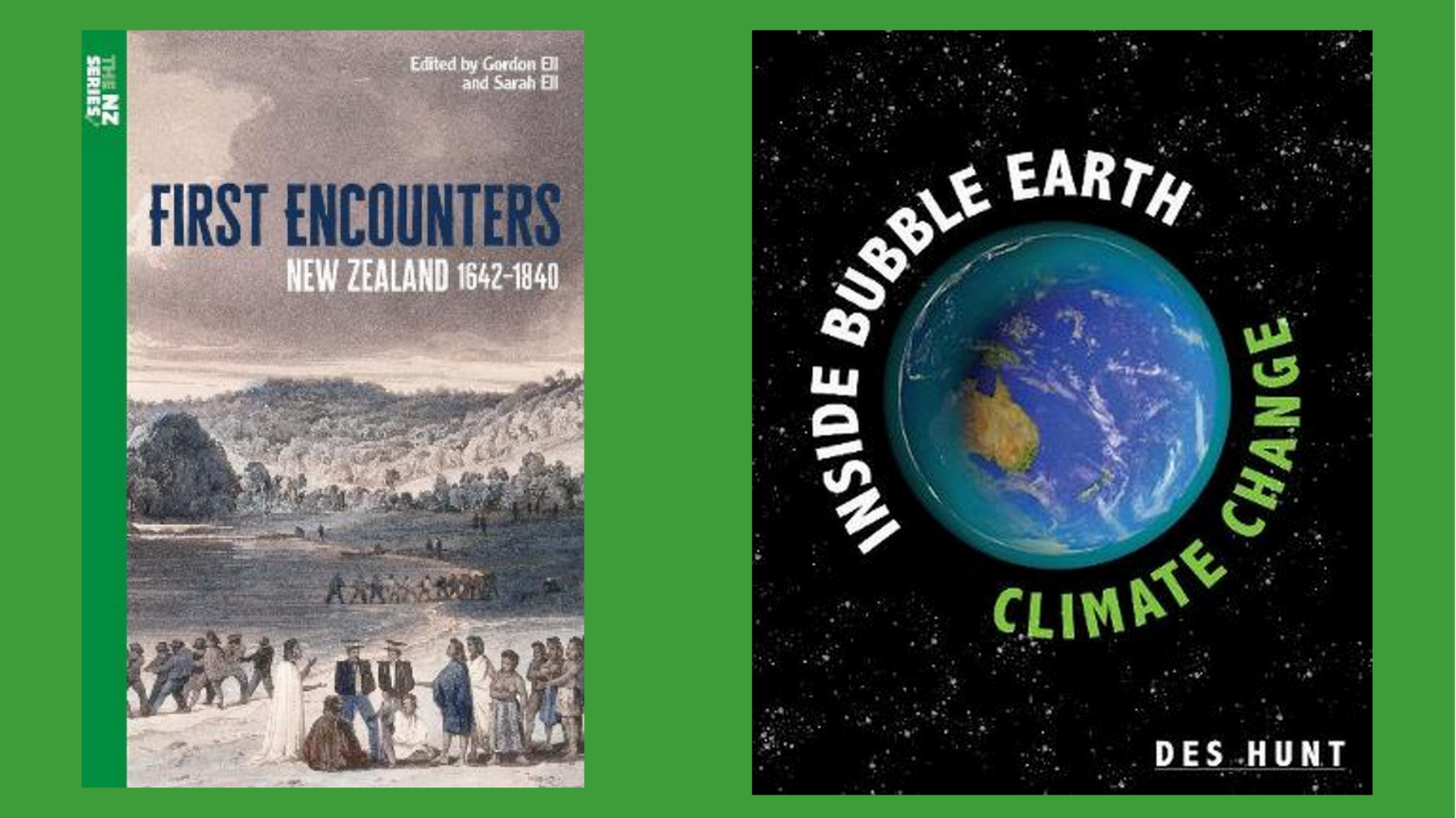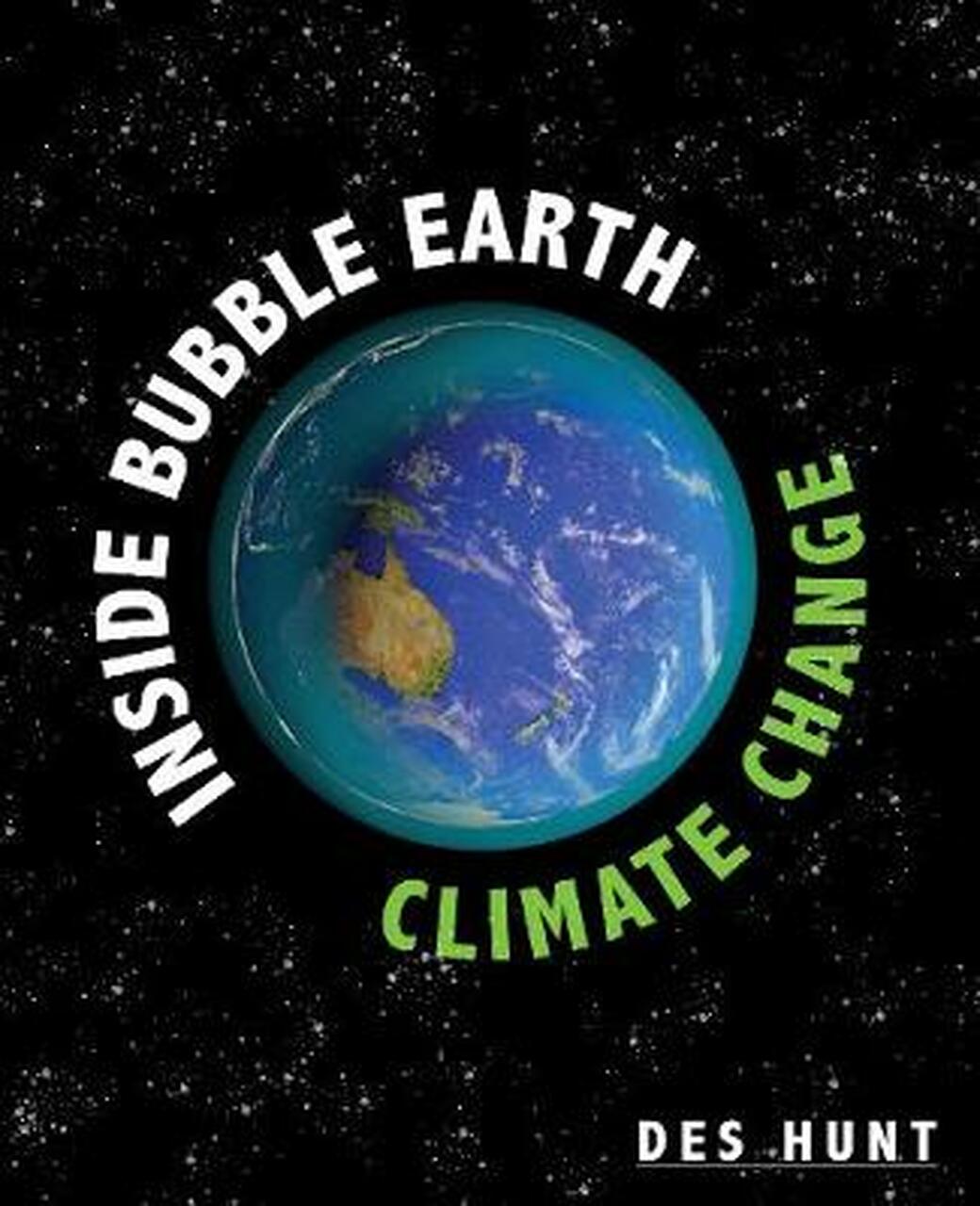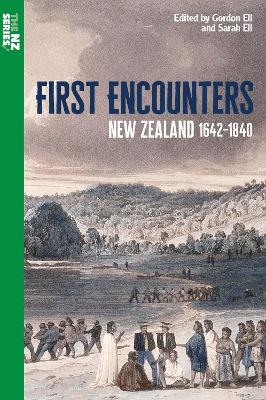Author Linda Jane Keegan reviews two new non-fiction titles from Aotearoa; the first looks at our changing climate, and the second at the history of our country.

Inside Bubble Earth – Climate Change, by Des Hunt (OneTree House)
I must confess I was a little dubious about this book after the initial fan through the pages, despite my staunch support for climate change education and action. Its hodgepodge array of different graphic styles set off my inner alarm bells, but I took a deep breath and dived right in. The first two pages of introduction somewhat baffled me; a spooky story set up as an analogy for fear of the unknown. However, as I read on, I found that Hunt’s teaching background shines through as he explains the science of climate change in an easily digestible way.
His explanations are supported by numerous graphics to demystify evolutionary variation, organic chemistry, energy, the greenhouse effect, carbon footprints, and so on. It’s a shame that I found the aesthetic of the book off-putting, given how the author makes understanding the science accessible, so that should teach me not to judge a book by its wanton approach to consistent imagery. That all being said, in some places I felt the writing could have been more concise, so another round of editing wouldn’t have gone amiss (and might also have picked up a mid-paragraph change in font size!)
I found that Hunt’s teaching background shines through as he explains the science of climate change in an easily digestible way.
As well as climate science the book goes into the causes, consequences, and actions to mitigate the effects of climate change. Pleasingly, there is a section on personal responsibility for actions the reader can take on an individual level, though I think it would have benefitted from going into a bit more depth. For instance, the suggestion to reuse focuses on donating or passing on your items for someone else to reuse, without mention of considering second-hand items yourself when you are in need of something. The book ends with a plant growing activity in which one can observe a plant embryo developing its first roots and shoots. A glossary in the back provides a reference for technical terms occurring in the book and additional ones, though many are explained within the text itself.
Overall, it may not be a beautiful book, but it is jam-packed with climate science and diagrams that would support learning in the classroom or at home very well.

First Encounters – New Zealand 1642-1840, edited by Gordon Ell and Sarah Ell (Oratia)
I guess I must be a total book snob because I also approached this text with much trepidation. It compiles extracts from diaries and records from early European explorers and settlers, with a paragraph of context from the editors for each piece. Do we really need another book of Pākehā perspectives of New Zealand history? I think even having the title acknowledge this – something like ‘First Encounters: A European perspective’ would have me a bit less up in arms.
The writing from each European is broken into different sections, covering first contacts, missionaries and traders, sealers and whalers, life among Māori, and strange journeys. This provides a good summary of some of the different motivations and intentions of various early settlers coming to New Zealand and an insight into their activities. Certainly in an educational context it is useful to point students to first-person accounts of topics they may be researching.
In an educational context [this book] is useful to point students to first-person accounts of topics they may be researching.
However, when a book like this comes out without a Māori perspective – either within the same text or an additional one – I can’t help but feel we (as a nation? As educators?) are perpetuating colonial attitudes. The editors, thankfully, do acknowledge this Eurocentricity in the introduction, but I feel like this doesn’t do enough to address the hurt from descriptions of early Māori as “savages” and “poor benighted heathens”. Even the editors refer to New Zealand in 1840 as ‘this lawless land,’ because, I assume, indigenous worldview and social structures looked so different to those of Europeans today as well as 200 years ago.
I think separate from this book, there is much to address in our own biases and European worldview when writing about New Zealand history, and that is something that publishers should also be considering.
First Encounters joins three other books in The NZ Series (Volcanoes and Earthquakes, Pioneer Women, and Rush to Riches – Kauri and Gold), with a fifth title coming out in July (The New Zealand Wars). They are well designed and consistently designed across the series. The text is accompanied by photos and two-colour imagery, as well as text boxes with definitions and other extra information. They look great for classroom use, with the caveat that First Encounters in particular is taught alongside the effects of colonisation on Māori and how that has trickled down to today.

First Encounters – New Zealand 1642-1840
Edited by Gordon Ell and Sarah Ell
Published by Oratia
RRP $30.00

Linda Jane is a writer of picture books, poetry, essays and science. Her background is varied, including work in ecology, environmental education, summer camps, and a community newspaper. She is Singaporean-Pākehā, queer, and loves leaping into cold bodies of water. She was previously lead editor for The Sapling.



